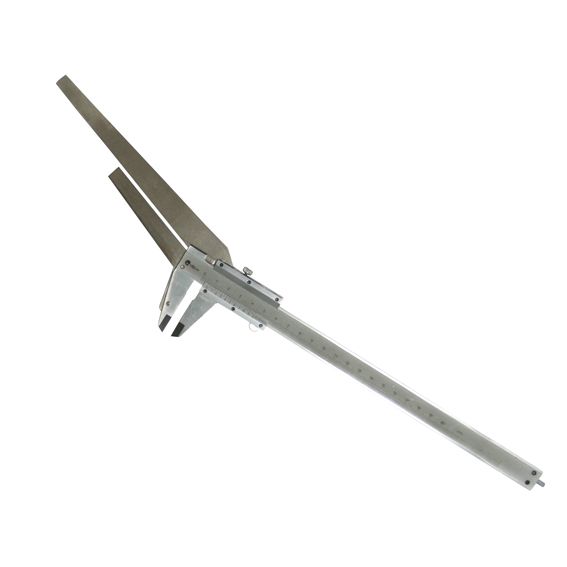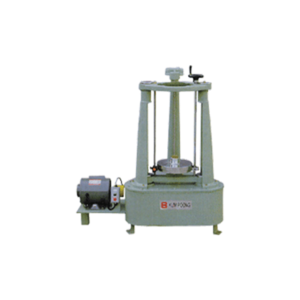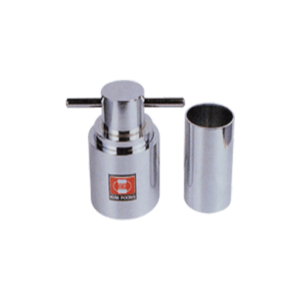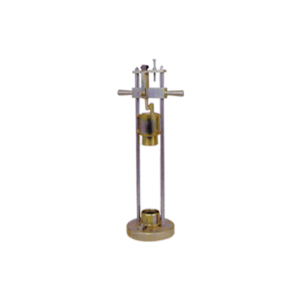SY-855 편장석 측정자 (Shape Index Calliper)
- 제품명 :
- 모델명 :
- 제조회사 : 신영측기(주)
- 원산지 : 중국
설명
| ▣ SY-855 편장석 측정자 (Shape Index Calliper) |
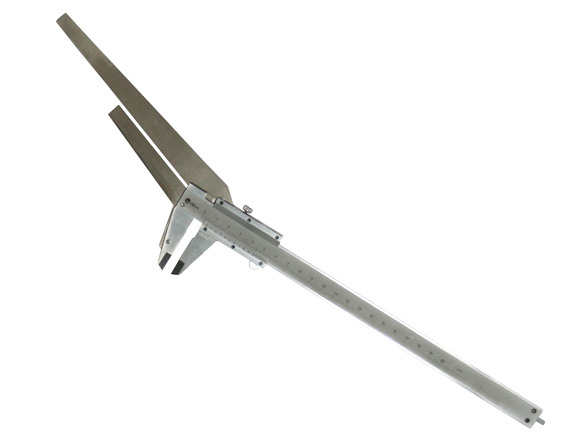 |
| ◎ 특 징 |
| 본 편장석 측정자는 굵은 골재중에서 편장석 판별이 육안으로는 분리하기 어려운 경우에 사용하며, 굵은 골재의 두께와 폭 또는 폭과 길이의 비를 1 : 3의 비율로 동시에 측정할 수 있도록 고안되어 있다. |
|
버니어 캘리퍼스 |
200 mm |
|
두께와 폭의 비 |
1 : 3 |
|
|
|
| For assessing the grain shape of broken stone, stone chippings (including oversize aggregate and undersize aggregate) and round-sufaced gravel grain |
|
The average sample – with grain sizes of 8-12mm, approx. 5 kg; with grain sizes of 12-35 mm, approx. 15 kg; with grain sizes of more than 35 mm, approx. 30 kg – is dried, thoroughly mixed and spread out circularly on a flat surface. The spread-out sample is then divided with a flat straight edge longitudinally and transversely so that four right-angled sectors are formed of the circular area. Of these sectors, two opposite ones are again mixed and then spread out as before. Dividing into four sectors is repeated until the residue consists of about 250-300 grains only. Form this residue, the grains of less than 8 mm are screened off.
|
| Using the grain-shape vernier calliper (see illustation) |
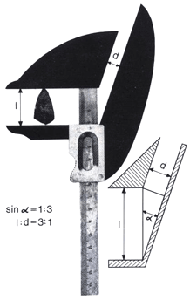 |
For every setting, the length I is equal to three times the thickness d. Each of the 250-300 grains is held between the right-angled measuring jaws of the grain vernier calliper. In doing so, the vernier calliper is adjusted to the maximum length*of each grain. The inclined measuring slot for the thick – ness adjusts itself simultaneously to 1/3 of the length. lf the grain does not pass through the inclined slot in this setting, then it is called ≪squat≫ (favourably shaped); if it passes through, then it is ≪badly shaped≫(flatish or spiky), i, e. the ratio of length to thickness is then greater than 3:1. The quantity of the ≪squat≫ and the ≪badly shaped≫ grains is weighed. As a result, the share of ≪badly shaped≫grains is given percentage of weight of the test sample. The smaller this share is, the better the average quality of the grain shape will be. In the assessment of grain shape described up to now in DIN 51991, the ≪lenght≫ of the grain is defined as being the edge of the smallest priam circumscribed round the grain. In the vernier calliper method, on, the other hand, the ≪length≫ of the grain is the largest dimension of the grain it has in any direction (e. g. diagonally). The grain must therefore be rotated between the right-angled jaws until the largest dimension of the grain has been set.
|

